Wanted: Southern Camellia Fanatic
dirtyoldman
15 years ago
Related Stories
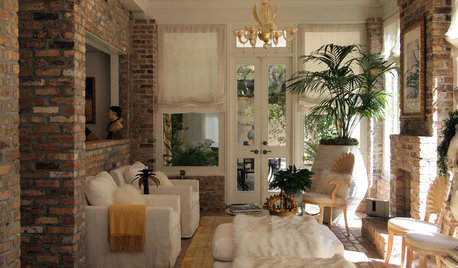
HOUZZ TOURSMy Houzz: Stately Southern Charm in a Federalist-Style Home
Moss-covered oak trees, European antiques and contemporary style set off this Louisiana home
Full Story
GARDENING GUIDES10 Top Native Plants for the U.S. Southeast
For a low-maintenance and wildlife-friendly landscape, use Southern natives that withstand heat and humidity
Full Story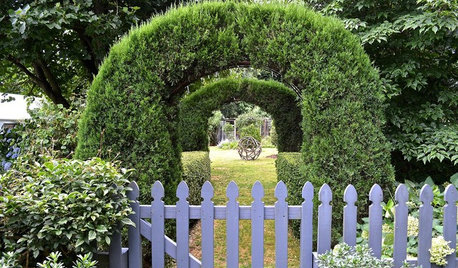
HOUZZ TOURSMy Houzz: Artists Find Their Dream Home in the Country
Their own and others’ creative works fill their renovated house and studio in Australia's Southern Highlands
Full Story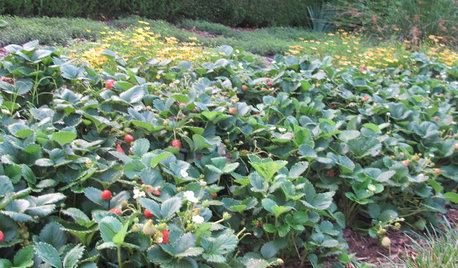
REGIONAL GARDEN GUIDESSoutheast Gardener's September Checklist
Fertilize strawberries, plant a tree or two and beckon hummingbirds to your Southern garden this month
Full Story
GARDENING GUIDESWhat Kind of Roses Should You Grow?
Want to add the beauty of roses to your garden? Find out which ones, from old-fashioned to modern, are right for you
Full Story
GARDENING AND LANDSCAPING13 New Ways to Make a Splash With a Hot Tub
Check out the modern options and custom features that are making outdoor spa tubs hot again
Full Story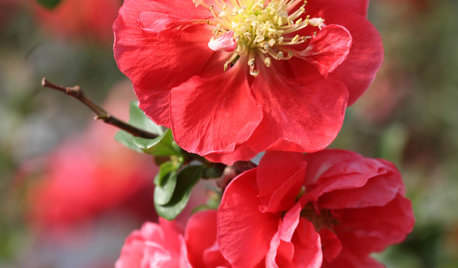
WINTER GARDENINGCalifornia Gardener's January Checklist
Winter-defying blooms and pruning saws earn a cheer, while California-focused gardening design books get a well-deserved shout-out
Full Story
GARDENING GUIDESLet Lilac Love Flower This Spring
Whatever you bestow or receive for Mother's Day, lilacs can be an unmatched gift in the garden in May
Full Story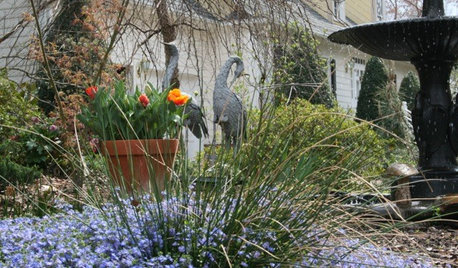
SOUTHEAST GARDENINGSoutheast Gardener's January Checklist
Resolve to see your garden with fresh eyes this year while you plant, plan and take care of necessary maintenance
Full Story
SIDE YARD IDEASNarrow Trees for Tight Garden Spaces
Boost interest in a side yard or another space-challenged area with the fragrance and color of these columnar trees
Full Story





jay_7bsc
jeff_al
Related Professionals
Bridgetown Landscape Architects & Landscape Designers · Kapaa Landscape Architects & Landscape Designers · Quincy Landscape Architects & Landscape Designers · Ashburn Landscape Contractors · Deerfield Beach Landscape Contractors · Gainesville Landscape Contractors · Lake Zurich Landscape Contractors · Paso Robles Landscape Contractors · Royal Oak Landscape Contractors · View Park-Windsor Hills Landscape Contractors · East Norriton Landscape Contractors · Claremont Swimming Pool Builders · Sudley Swimming Pool Builders · Tucson Swimming Pool Builders · Visalia Swimming Pool BuildersdirtyoldmanOriginal Author
jeff_al
Dave in NoVA • N. Virginia • zone 7A
cweathersby
dirtyoldmanOriginal Author
romantic_camelliaman
tamararly
romantic_camelliaman
tamararly
romantic_camelliaman
tamararly
romantic_camelliaman
jay_7bsc
romantic_camelliaman
profenigma
jay_7bsc
romantic_camelliaman
romantic_camelliaman
tamararly
jay_7bsc
romantic_camelliaman
romantic_camelliaman
romantic_camelliaman
jay_7bsc
romantic_camelliaman
nandina
florence_2007
jay_7bsc
nandina
florence_2007
romantic_camelliaman
jay_7bsc
romantic_camelliaman